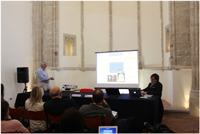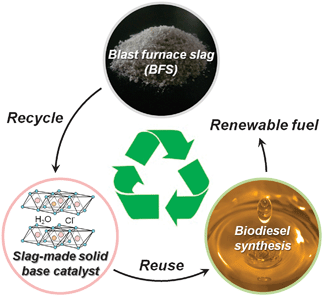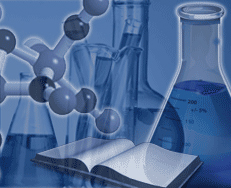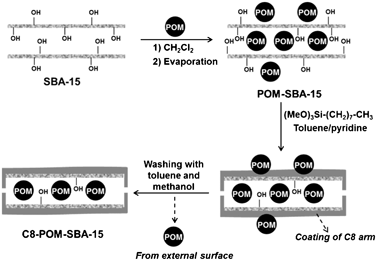Crude oil is running out and its distillation into useful fuel products will soon no longer be an option. So what are we going to do?
Mostafa Taoufik and colleagues from the University of Lyon and BP put forward the methathesis reaction as a solution. Producing liquid hydrocarbons from gaseous light alkanes in this way is ideal since the products have low aromatic content (aromatics pose environmental and health concerns).

No method exists for achieving this under mild conditions and high selectivity – until now.
Taoufik and team have developed a catalytic system consisting of tungsten or tantalum carbene hydrides supported on silica-alumina in a fixed-bed reactor. The multifunctionality of the catalyst enables three different reactions to take place at a single site (dehydrogenation, olefin metathesis, and hydrogenation) ultimately resutling in liquid fuel with an asymmetric product distribution towards heavier alkanes.
To read more, download the PDF now…
Selective conversion of butane into liquid hydrocarbon fuels on alkane metathesis catalysts
Kai C. Szeto, Lucie Hardou, Nicolas Merle, Jean-Marie Basset, Jean Thivolle-Cazat, Charalambos Papaioannou and Mostafa Taoufik
For more catalysis research direct to your email inbox, register for the Catalysis Science & Technology e-alerts















